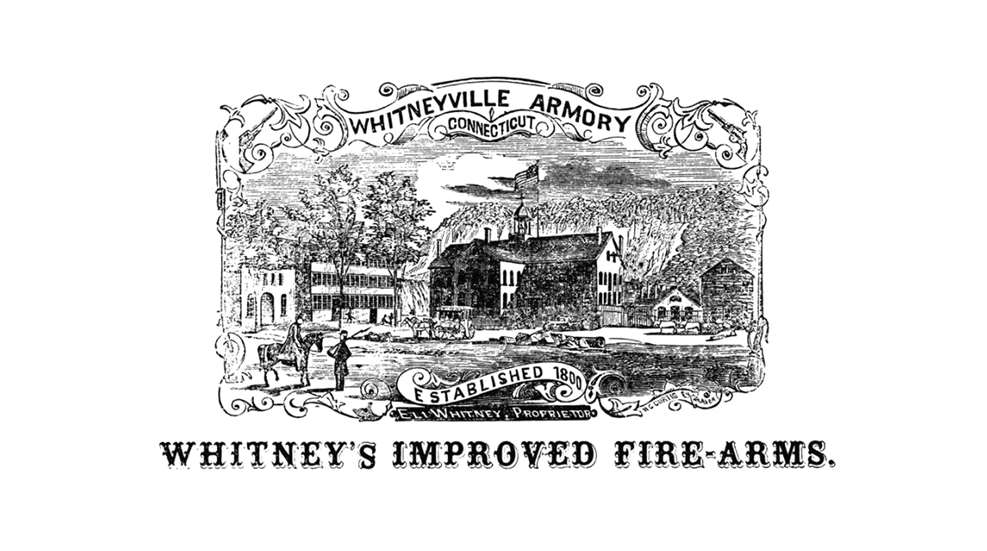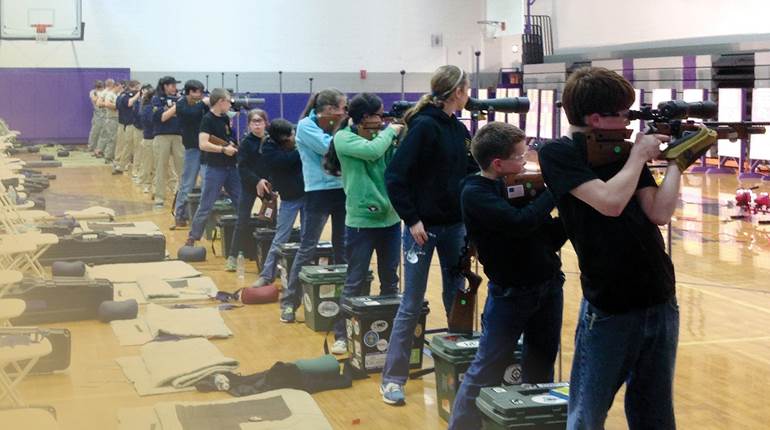
Just when it seems the firearm industry has exhausted itself by way of striving to keep up with demand for existing models, it’s a pleasant surprise to learn that, behind the scenes, engineers and marketing folks have been working on new offerings that have either been created from whole cloth, are significantly revised or are unfamiliar to the American market.
Such innovation is nothing new in firearms, of course, as the industry has long been on the cutting edge of mechanical technology. Eli Whitney, already famous for his cotton gin by 1793, promoted the use of interchangeable parts in the manufacture of muskets a few years later, convincing incoming President Thomas Jefferson that they were the way of the future in gunmaking. Indeed, despite reportedly employing a bit of sleight of hand during his presentation to Jefferson and the outgoing John Adams to demonstrate their advantages, Whitney eventually made good on his contract with the government for 10,000 guns. It was a seminal moment at the dawn of our young nation’s bid for a place in the industrial age, ultimately paving the way in all areas of manufacturing for unskilled workers to produce large numbers of items efficiently and at low cost—items that could be repaired easily.
In this issue, you’ll find numerous examples of innovation in firearms built with interchangeable parts throughout our features. They include the cover story “Springfield Hellion: A Bullpup Contender Comes Stateside,” in which Field Editor Jeremiah Knupp looks at a new commercial design derived from the rifle currently in service with the armed forces of Croatia, a NATO member. Then, in a re-introduction to the market a decade-and-a-half in the making, Colt’s latest new “snake” revolver, this one in .44 Magnum, is reviewed in “The Anaconda Returns,” by Field Editor Wiley Clapp, who has witnessed and commented on a wide range of innovation in handguns since his military experiences with them in Vietnam. Then, in “Revolution In The Blood: Christopher Miner Spencer’s Coming Of Age,” author John Bainbridge, Jr., recounts an incident when the 19th century inventor first began to modify firearms—in this case, his Revolutionary War veteran grandfather’s rifle—in a quest that ultimately led to one of the most successful Civil War repeating rifles.
In the Loading Bench column titled “The Berger Juggernaut At 1,000 Yards,” contributor Frank Melloni confirms that the .308 Win. is still, at 70 years of age, a remarkably capable cartridge, given the right projectile. Also, in the Dope Bag we test a revolver from Diamondback Firearms that is in the general style of a Single Action Army but actually functions in either single- or double-action modes and has a swing-out cylinder—all at a reasonable price.
Of course, there’s much more packed into these pages, and we believe every reader will discover something not commonly understood about the vast field of firearms. It is indeed full of innovations that we still find fascinating—and we hope that remains the case well into the future.




































